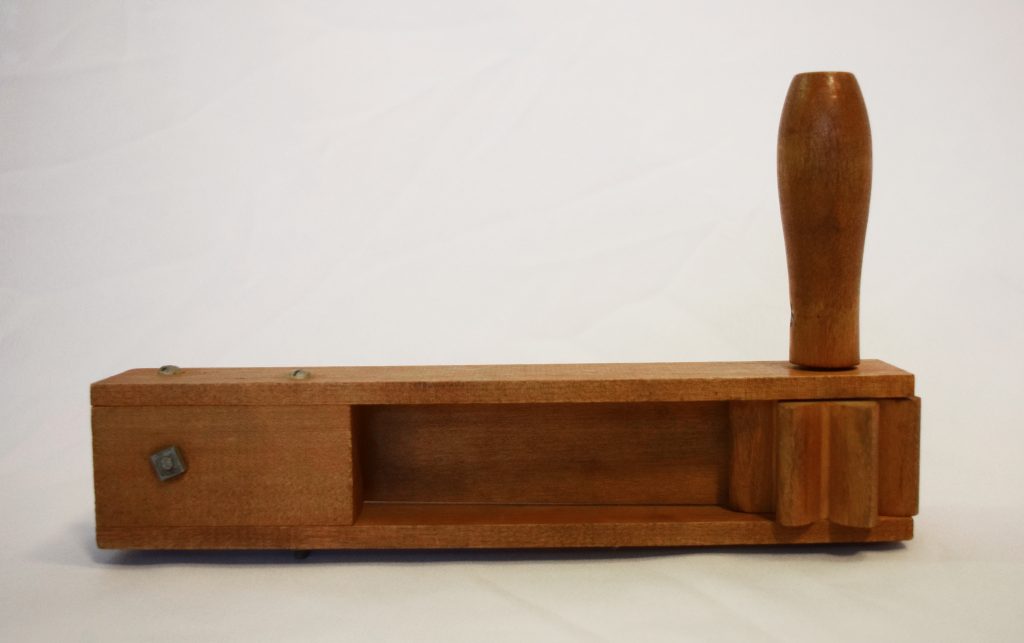Air Raid Precautions (ARP) was an organization devoted to civilian defense education for the event of bomb or gas attacks on the home front. It was conceptualized in the United Kingdom in response to the successful German zeppelin bombing runs targeting the UK in 1915 and 1916. Beginning in 1924 as a subcommittee to the Committee of Imperial Defence, the ARP spent 10 years preparing a protocol for civilian protection for use in future wars. It was upgraded to its own department in 1935 after Hitler became the Chancellor of Germany in 1933 and the Führer in 1934. Once the A.R.P upgraded into its own recognized department, Canada implemented the same set of precautions. Canada’s A.R.P system used pamphlets, training guides, and equipment that were originally made by the United Kingdom as well as advertisements and recruitment posters made specifically to appeal to Canadians. In reality, Canada was at much higher risk of facing attack by sea than by air. Precautions were made to watch the coastline for Japanese ships, and many people at home did their part by volunteering to watch the coastline on their own time. These volunteers were known as the PCMR, more information about them is available here.

The ARP protocol was put into effect during the Second World War and enforced by trained volunteers, who were referred to as Wardens. They were trained to provide first aid, lead civilians in the event of an aerial attack, ensure civilians don their gas masks, and be in command of the general public during major emergency. Regular “blackout” nights were held, during which all city and house lights were to be turned off to diminish enemy accuracy in the event of a bombing attack. Wardens would walk through the street during these practices and ensure that civilians have put out all of their lights. If someone repeatedly refused to do so, the Wardens were to report those people to the police. They also carried rattles or noisemakers, like the one pictured above, to alert communities to an air raid if the time came, pictured here is an A.R.P rattle used by a Warden in Maple Ridge.
Warden outfits were comprised of different sets of distinguishing gear, involving a helmet badge and armband among other things. The Steel Helmet MK.II began production in 1938 for the ARP. This helmet type was also worn by police officers and the fire brigade, though theirs of course did not have ARP printed on them. Rank was denoted in bright bold white letters on the front: ARP for general use, W for Warden, R for Rescue Services, and A for ambulance drivers among others. They were made from less metal than the helmets worn by soldiers on the front line in order to be efficient with resource usage. Armbands were also meant to denote ARP personnel quickly. The one held by the Maple Ridge Museum was found in an old suitcase in the basement of the Municipal Hall in Haney.
This blog was researched and written by Darren Ragoonath, Douglas College